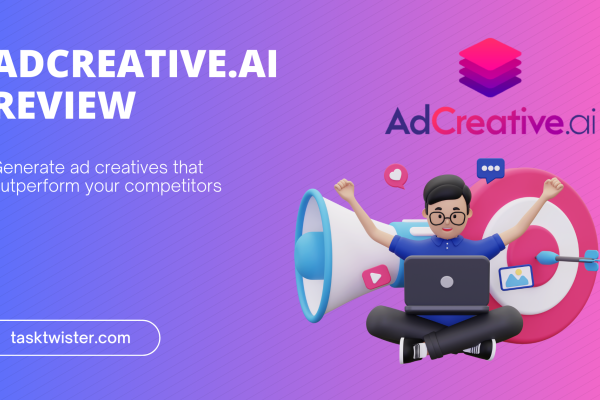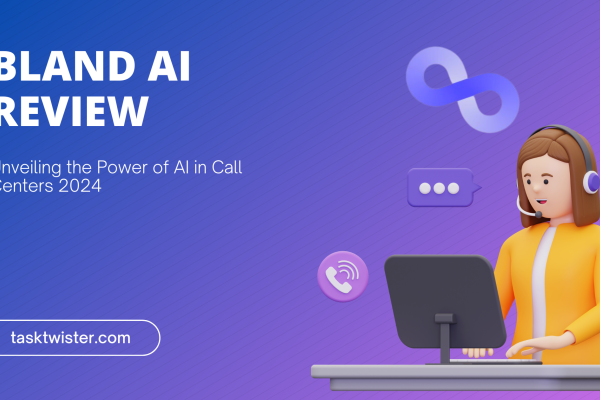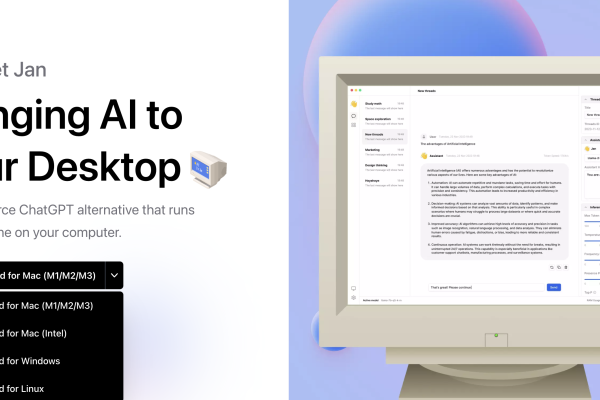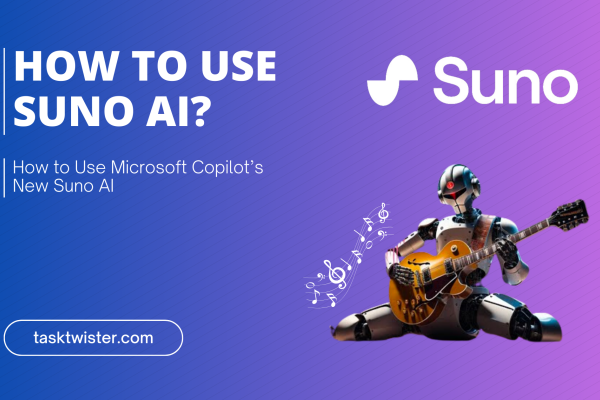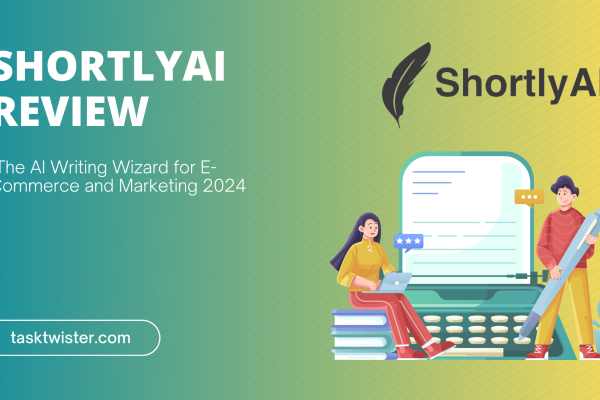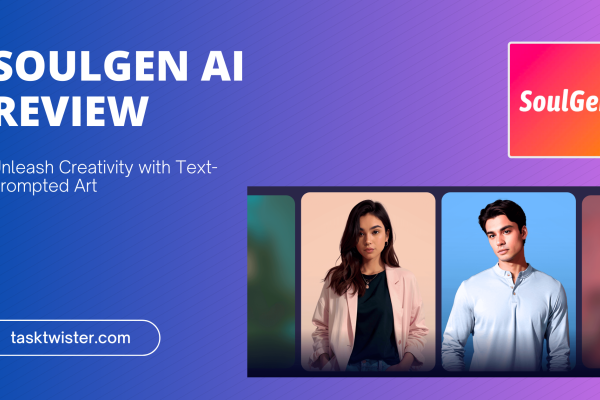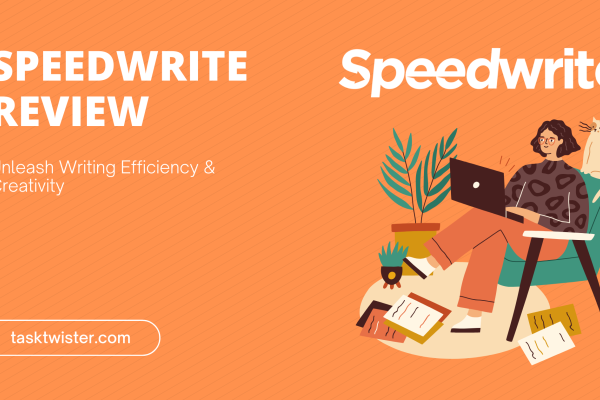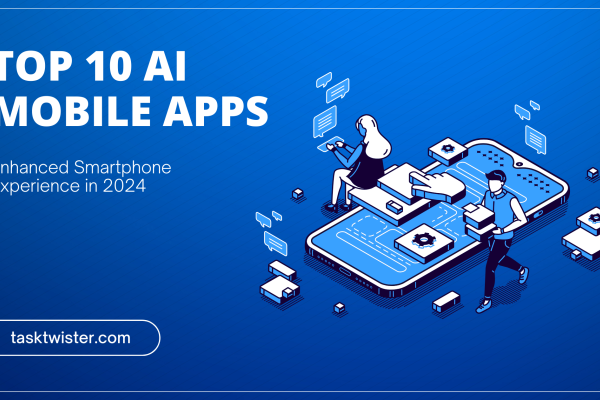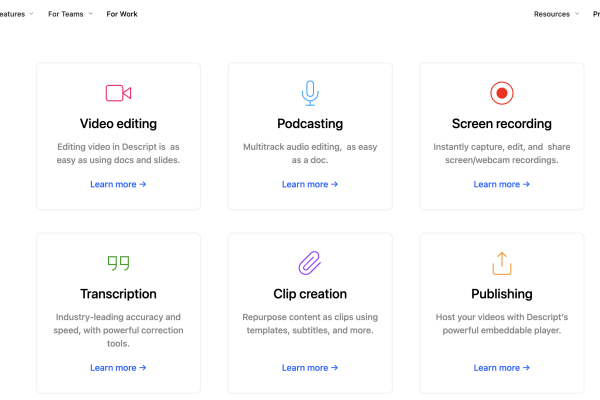2023 AI Highlights: A Comprehensive Review of the Key Moments and Trends
Noah
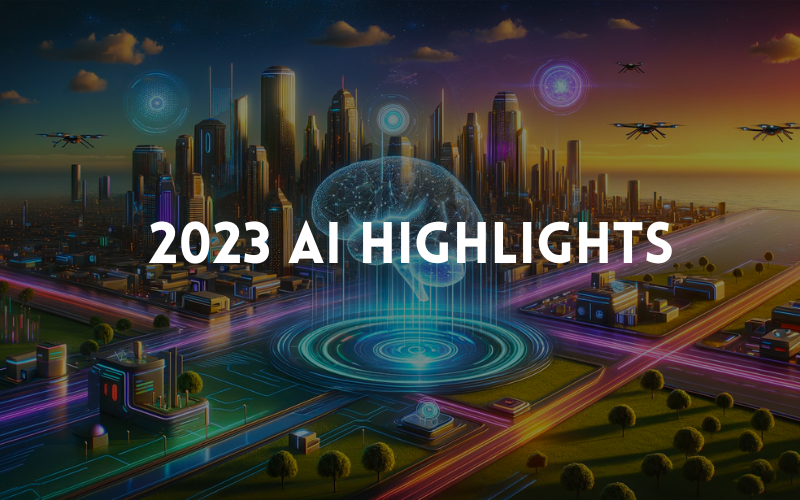
Table of Contents
Introduction
The year 2023 has been a groundbreaking period for artificial intelligence (AI), with remarkable advancements in language models and cutting-edge tools. In this blog, we will recap the major milestones in AI throughout the year, highlighting the key developments that have shaped the AI landscape. Please note that this blog provides a summary of the most significant events and may not include every single announcement or breakthrough. So, let’s embark on an exhilarating journey into the world of AI in 2023!
- Trend 2023-Sonix AI: A Comprehensive Pros and Cons Review
- SoulGen AI Review: Unleash Creativity with Text-Prompted Art
- FlexClip Review 2023: Transform Your Video Editing Experience
- Bland AI Review: Unveiling the Power of AI in Call Centers 2024
- Veed.io: Your Ticket to Video Editing Superstardom, Right in Your Browser
January: Microsoft’s Investment and AI Art Advancements
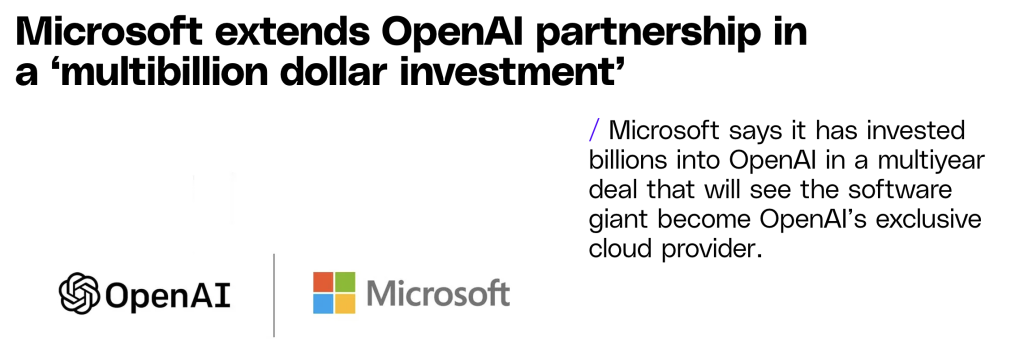
In January, Microsoft made a significant move by investing $10 billion into OpenAI. This strategic partnership allowed Microsoft to integrate OpenAI’s technology into its products, marking a major step forward in the integration of AI into everyday applications.
You are viewing: 2023 AI Highlights: A Comprehensive Review of the Key Moments and Trends
Another notable advancement in January was the launch of Eleven Labs beta, which brought improved text-to-speech capabilities. This breakthrough in speech synthesis technology made AI-generated voices sound more natural and human-like, blurring the line between human and AI-generated voices.
Additionally, January witnessed the release of Instruct-Pix-to-Picks, an open-source tool that revolutionized image editing with AI. With this tool, users could generate images and then manipulate them by swapping objects, adding elements, or altering the scene. This advancement opened up new possibilities in the field of AI art.
February: Google’s Entry into Chatbot Game and Control Nets
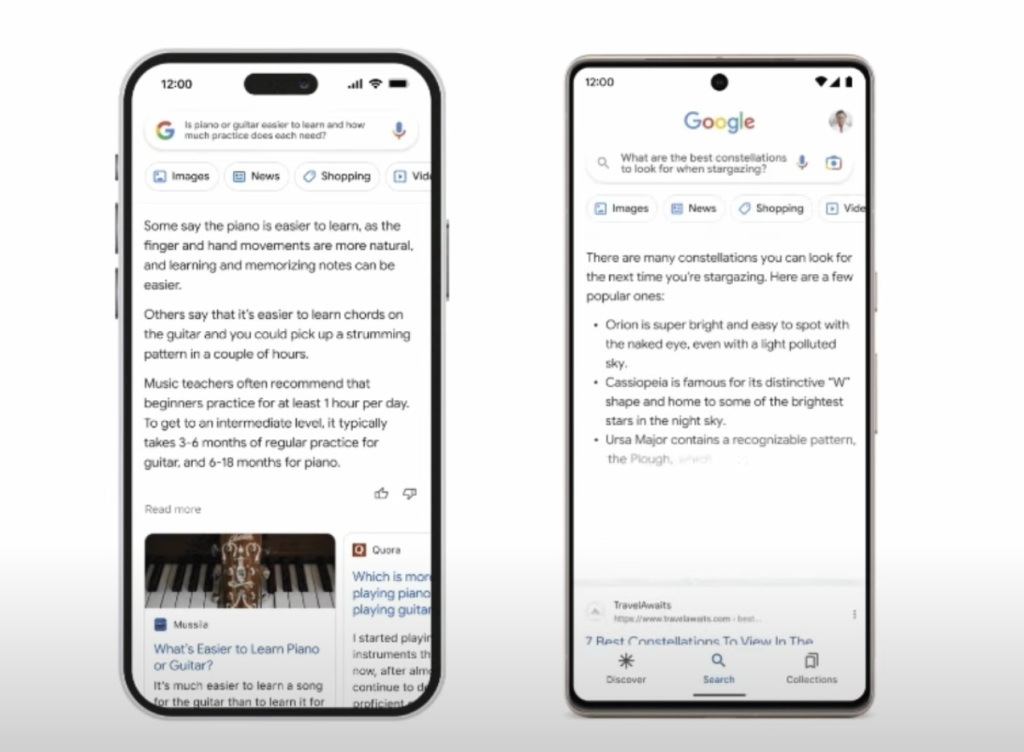
February saw Google’s foray into the chatbot game with the release of Google Bard. While it was not as impressive as its competitor, ChatGPT by OpenAI, Google Bard marked Google’s first step in the chatbot arena.
In the world of AI art, February introduced Control Nets, a breakthrough technology that allowed users to customize AI-generated images. With Control Nets, users could put their generated images into custom poses and positions, enhancing the level of customization and control in AI art creation.
March: Breakthroughs in Language Models and AI Art
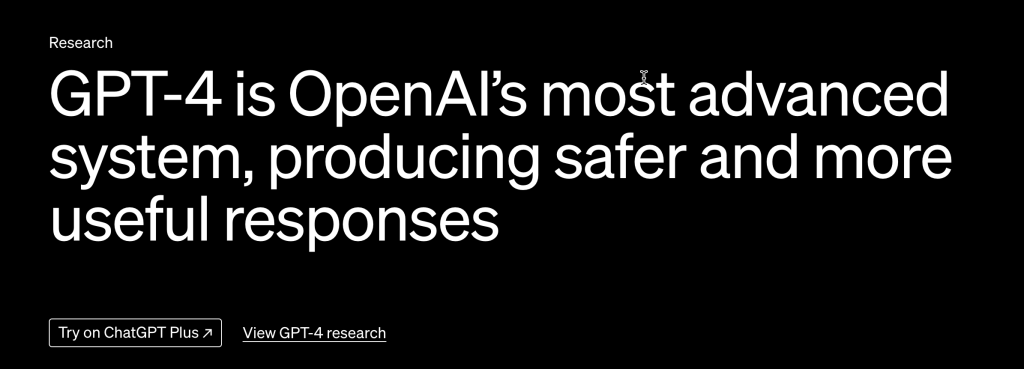
March was a pivotal month for AI in 2023, with numerous advancements taking place. OpenAI unveiled GPT-4, a significant leap forward in large language models. GPT-4 showcased impressive capabilities, such as generating JavaScript code based on a hand-drawn mockup, demonstrating the power of AI in web development.
Additionally, mid-journey version 5, an AI-based image generation model, brought exceptional realism to AI-generated photos. The images produced by mid-journey version 5 were incredibly lifelike and fooled many people on the internet. March also marked the introduction of ModelScope, a text-to-video tool that allowed users to generate short video clips based on prompts.
While the videos were trained on Shutterstock content, they opened up new possibilities for creating dynamic and engaging videos using AI. Furthermore, Adobe entered the AI art scene with Adobe Firefly, enabling users to generate AI art images within Adobe’s suite of tools like Photoshop, Illustrator, and Premiere. Although Firefly did not offer significant improvements at the time, its integration into popular Adobe software hinted at exciting future developments.
April: Meta’s Innovations and Autonomous AI Chatbots

April witnessed Meta (formerly Facebook) making strides in the AI field. They introduced Segment Anything, a tool capable of segmenting objects in images and videos, providing users with the ability to edit and manipulate specific elements within their visual content. Moreover, Wonder Dynamics and Wonder Studio caught the attention of the AI community with their tool that allowed swapping computer-generated characters with real humans in videos.
See more : Top 12 Best AI Video Tools to Use in 2024
This breakthrough in AI video editing showcased the potential for creating immersive and realistic video content using AI technology. April also saw the emergence of autonomous AI chatbots like Baby Agi and AutoGPT. These chatbots could generate their own prompts and iteratively generate responses until they achieved the desired outcome. While still in the early stages, these autonomous chatbots showed promise for future applications.
May: Jeffrey Hinton’s Departure and Google’s AI Integration
May brought forth significant events in the AI world, starting with the departure of Jeffrey Hinton, known as the “godfather of AI,” from Google. Hinton’s departure was notable as he expressed concerns about the potential dangers of AI, raising important ethical considerations in the field.
Google made headlines in May by announcing its plan to integrate AI into various aspects of its products and services. From Google Sheets and Gmail to Google search engine and smartphones, Google aimed to leverage AI technology across its entire ecosystem.
This commitment to AI showcased Google’s dedication to advancing the AI landscape. In the legal sphere, May witnessed a Senate hearing where Sam Altman and Gary Marcus advocated for AI regulation. The hearing sparked discussions about the need for responsible AI development and highlighted the importance of ethical considerations in AI deployment.
June: Runway’s Gen 2 and Apple’s Vision Pro
June saw the release of Runway’s Gen 2, an AI tool that allowed users to generate videos from text prompts or image prompts. This advancement in AI video generation improved the quality of generated videos and introduced a more conversational way of interacting with AI models.
While not directly related to AI, Apple’s Vision Pro announcement in June showcased the integration of AI features into their products. Vision Pro offered generative AI capabilities that enhanced user experiences and hinted at the growing influence of AI technologies in everyday devices.
July: AI Chatbot Upgrades and AI Art Advancements
July brought significant upgrades to ChatGPT, making it more versatile and powerful. ChatGPT gained the ability to interpret code, enabling users to upload files and analyze data directly within the chatbot.
This new feature expanded ChatGPT’s capabilities and enhanced its usefulness for various tasks. In the AI art realm, July witnessed the rise of Claude, an AI model developed by Anthropics Technology. Claude allowed users to summarize and analyze large documents, making it a valuable tool for information processing and understanding complex texts.
Additionally, Microsoft and Meta collaborated to launch Llama 2, an open-source AI model that could be used for research and commercial purposes. Llama 2’s availability for free encouraged innovation and further advancements in the AI community.
August: Dalle 3 and Adobe Illustrator’s Text-to-Vector
August introduced Dalle 3, an AI image generation model known for its prompt adherence. Dalle 3 demonstrated impressive capabilities in understanding complex prompts and generating images that aligned closely with the given instructions.
See more : The best way to level up customer services by AI 2023
This advancement pushed the boundaries of AI image generation. Adobe Illustrator made waves in August with the release of its text-to-vector feature, allowing users to prompt images and convert them into infinitely scalable vectors. This breakthrough empowered designers and artists by providing greater flexibility and control over their creative process.
September: ChatGPT’s Expanded Capabilities and AI Video Innovations
September marked a major milestone in the evolution of ChatGPT. OpenAI introduced new features that enabled ChatGPT to see, hear, and speak. Users could now interact with ChatGPT through voice commands and receive audio responses, enhancing the conversational experience.
In the realm of AI video, September witnessed the release of Pika 1.0, an AI tool that excelled in text-to-video generation. Pika‘s high-quality videos, image-to-video conversion, and real-time video editing capabilities revolutionized the field of AI video production.
October: Elon Musk’s Grok and AI Video Editing Breakthroughs
October started with Elon Musk’s announcement of Grok, his own large language model trained on vast amounts of data. Grok aimed to facilitate discussions on current events and engage in playful interactions, showcasing the potential of AI language models for various applications.
In the field of AI video editing, October introduced Motion Brush, a breakthrough feature in Runway’s Gen 2. Motion Brush allowed users to selectively animate and edit specific areas of a video, enhancing the customization and creative possibilities in AI video editing.
November: GPT Store and Real-Time Image Editing
November brought significant developments in the AI chatbot landscape with the introduction of GPTs and the GPT Store. GPTs allowed users to train custom chatbots tailored to specific niches or functions. This innovation opened the door for personalized AI assistants and showcased the potential of AI customization.
Additionally, real-time image editing tools like Leonardo’s Real-Time Canvas and Korea AI’s real-time image editing demonstrated the power of AI in providing immediate visual feedback during the creative process. These tools enhanced the efficiency and effectiveness of image editing, pushing the boundaries of AI’s capabilities.
December: Gemini Announcement and Mixtures of Experts
In December, Google announced Gemini, an AI model that aimed to generate video responses based on real-time footage. Although the demonstration in Google’s video was not entirely accurate, Gemini showcased the potential for real-time video generation.
Another significant development in December was the release of Mixtures of Experts, an open-source large language model architecture. This new approach allowed for more efficient and tailored interactions with AI chatbots, offering improved performance and personalized responses.
Conclusion
The year 2023 has been an exceptional year for AI, with groundbreaking advancements and transformative tools shaping the AI landscape. From language models like GPT-4 and Dally 3 to AI video editing breakthroughs and AI art advancements, each month brought new possibilities and pushed the boundaries of AI capabilities.
As we move into 2024, the future of AI looks promising, with further advancements and innovations on the horizon. The rapid pace of development in 2023 sets the stage for exciting developments in the years to come. Stay tuned for more updates and predictions on the future of AI!
Latest Articles
Most views
Related Articles
Source: http://tasktwister.com
Category: AI








